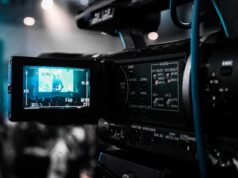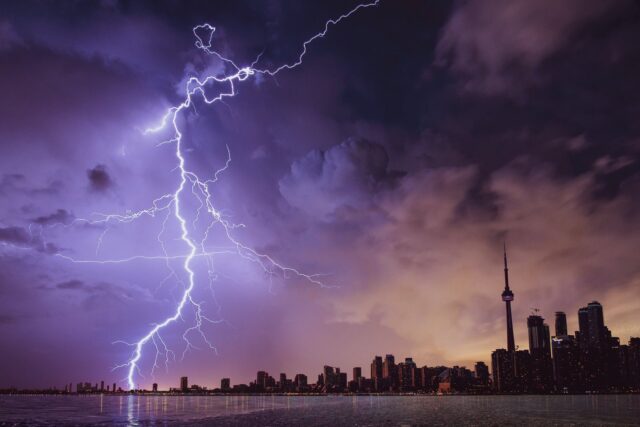
Weather instruments are cool tools that you should have at your workplace or home. Quantifying the different weather patterns tends to spark most people’s interests along with the need to observe the safety and well being of everyone around them. Besides, high-quality weather instruments might be expensive, although there might be some cheaper options in the market that you could afford that would help you meet some basic needs.
Here is an overview of some essential weather instruments and the reason why you need them to deliver critical information.
1.Windsock
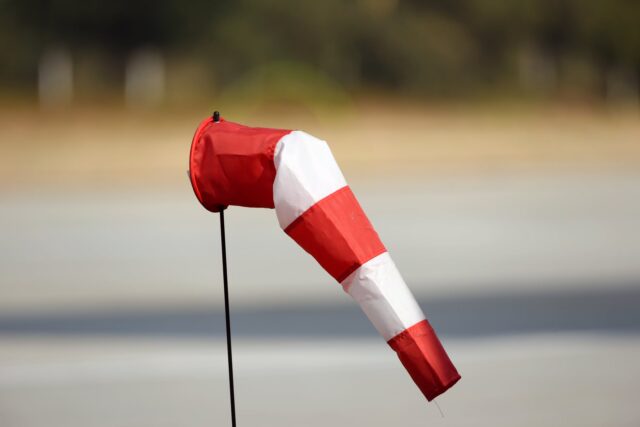
The sock consists of a cone made using fabric and is designed to measure the speed and direction of the wind. You can use this device in chemical plants to determine the possibility of gas leakage, or, use it in the aviation industry. Besides, installing the windsock can be hectic; therefore, experts at weatherstationexpert.com would advise parties interested in weather instruments to read more on weather stations that incorporate the measuring of all-weather parameters, including the speed and direction of the wind. The most valuable part about owning a home weather station is that you can predict weather patterns without having to rely on delayed windsock patterns.
2. Thermometer
Well, this is a standard device used for measuring temperature. Thermometers use various physical properties that include the thermal expansion of matter in determining the environmental temperature.
3. Anemometer
The device is designed to measure the speed of the wind. Primarily. You can use it to measure the direction and speed of wind in ventilation systems for both residential and industrial buildings.
4. Barometer
The barometer helps in measuring the atmospheric pressure, given that the changes in pressure are caused by rising warmth or a decline in cold air. The barometer pressures are dynamic, and it changes with the local weather. A rising pressure would translate to perfect weather while a falling pressure translates to poor weather.
5. Lightning Detector
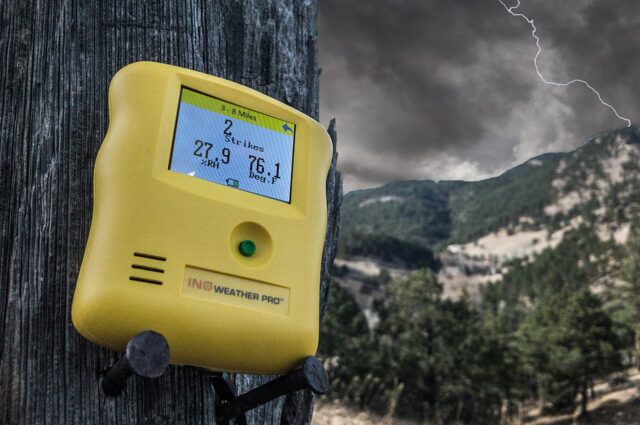
As the name suggests, the device detects lighting and the rays that are generated by storms. There are three essential detectors; special systems, earth systems, and mobile systems. The earth and mobile system can calculate the severity and direction of lightning by employing radio techniques.
6. Rain Gauge
The rain gauge is employed when measuring rain that has precipitated during a given time. You can use to predict rain patterns and in climatology for long-term statistical precipitation. You can read the rain gauge either automatically or manually, depending on the type of gadget used.
7. Hygrometer
The device is used for measuring and detecting the humidity level. There are different types of hygrometers to pick from, ranging from resistive, capacitive, hair tension, and coil, and their operation relies on different principles.
8. Disdrometer
The Disdrometer is used when analyzing the number of microparticles that are distributed in any given controlled environment. You can use the Disdrometer in determining the amount, speed, and size of rain droplets.
9. Weather Balloon
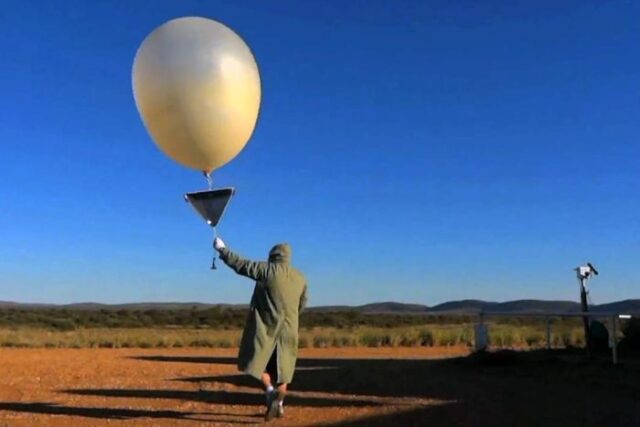
The balloon is used when transporting radiosondes and other weather instruments to the atmosphere. The weather balloon happens to be extremely sensitive; therefore, ensure that you handle it using protective gloves. Any damage could increase the chances of the balloon bursting when in high altitude. Ensure that you fill the balloon with hydrogen or helium and attach the probe at a specific distance to prevent messing up of the slipstream.
10. Wind Profiler
The profiler uses sound waves or radar to evaluate the wind direction and wind speed when elevated at different levels above the ground. Based on the measure variables, you can forecast the weather and generate a flight report plan.
11. Ceiling Balloon
The balloon is used for measuring the height beneath the clouds from the ground. You can use it during the day and track its trajectory using GPS or radar technology to determine the speed and direction of high-altitude winds.
12. Lidar
Lidar is used for measuring distance, and you can also use it remotely to get information about a given far away object. Lidar uses laser technology to illuminate the destination; then, the feedback light happens to be analyzed. You might need this instrument for measuring wind speeds, in quantifying atmospheric components, when studying aerosols and when profiling clouds.
13. Whole Sky Camera
The whole sky camera provides a complete view of the sky, and it has to be enclosed. You can use the device to view shine images from the sky on your TV or laptop. The camera lens offers a 180-degree view of the sky; therefore, you can always observe cloud activity, storm patterns, sunrise and sunset, and stare at the sky.
14. Ceiling Projector

The projector is used during the night to measure the height of clouds. The spotlight has two components: the alidade and sight of the spotlight. Both are installed some distance away from the projector. The set up has two mirrors that are set to generate high-intensity light that creates a spot at the base of the cloud.
Reasons Why You Need the Weather Instruments
The weather instruments might prove to be essential in several industries simply because the weather is a determining factor in various sectors. Here are a few industries that require the above weather instruments for their operation.
Agriculture
The agricultural field relies on weather instruments given that it notifies farmers on when to plant and the season when they should take caution. To get the most profit, farmers tend to slow down planting at the earliest time, given that if they delay, all their crops could fail. Farmers, therefore, need temperature sensors to inform them when the weather is conducive for planting. The radar might be useful in notifying them when there are possible storms that could damage their crops or harvest.
Construction

The sector relies on weather instruments considering that humidity levels are critical when laying concrete since the level of moisture has to be within a given range. In case the humidity happens to be at a low, the concrete might fail to properly bond, and when the humidity is excessive, the concrete might be weakened and cause accidents. When constructing skyscrapers, wind sensors are essential for workers who work at high altitudes.
Air Transport
Air transport also relies on weather instruments considering that air pressure and temperature could affect the behavior of the plane when flying. Radar is often used to monitor storm patterns; therefore, they make landing possible. Humidity sensors and barometers are used in predicting snowfall; therefore, the air transport sector can predict the number of snow clearing equipment that would be required.
Generally, the right weather station needs to have the above weather instruments that are essential in anticipating and preparation for extreme weather patterns. Consider installing a home weather station or purchase some of the above equipment that will keep you safe and enable you to plan your days effectively.



